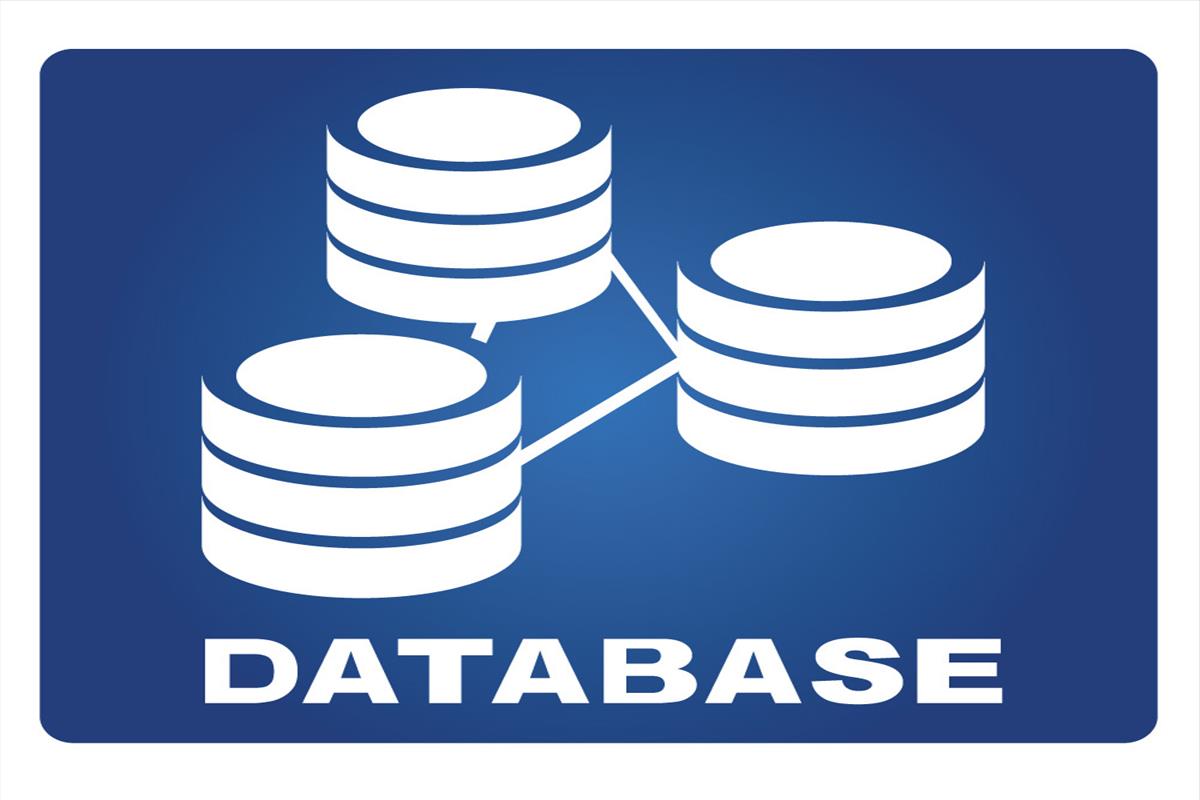Databases

A database is a collection of information that is organized so that it can be easily accessed, managed and updated.
Data is organized into rows, columns and tables, and it is indexed to make it easier to find relevant information. Data gets updated, expanded and deleted as new information is added. Databases process workloads to create and update themselves, querying the data they contain and running applications against it.
Computer databases typically contain aggregations of data records or files, such as sales transactions, product catalogs and inventories, and customer profiles.
Typically, a database manager provides users with the ability to control read/write access, specify report generation and analyze usage. Some databases offer ACID (atomicity, consistency, isolation and durability) compliance to guarantee that data is consistent and that transactions are complete.
Databases are prevalent in large mainframe systems, but are also present in smaller distributed workstations and midrange systems, such as IBM's AS/400 and personal computers.
1.What is a database management system?
A database management system (DBMS) is system software for creating and managing databases. The DBMS provides users and programmers with a systematic way to create, retrieve, update and manage data.
2.What is the definition of database system?
A database management system (DBMS) is a computer software application that interacts with the user, other applications, and the database itself to capture and analyze data. A general-purpose DBMS is designed to allow the definition, creation, querying, update, and administration of databases.
3.What is a database for a computer?
(1) Often abbreviated DB, a database is basically a collection of information organized in such a way that a computer program can quickly select desired pieces of data. You can think of a database as an electronic filing system. Traditional databases are organized by fields, records, and files.
4.What is a relational database?
A relational database is a collection of data items organized as a set of formally-described tables from which data can be accessed or reassembled in many different ways without having to reorganize the database tables. The relational database was invented by E. F. Codd at IBM in 1970.
5.What is a database development?
A core aspect of software engineering is the subdivision of the development process into a series of phases, or steps, each of which focuses on one aspect of the development. The collection of these steps is sometimes referred to as a development life cycle.
A database is a set of data that has a regular structure and that is organized in such a way that a computer can easily find the desired information.
Data is a collection of distinct pieces of information, particularly information that has been formatted (i.e., organized) in some specific way for use in analysis or making decisions.
A database can generally be looked at as being a collection of records, each of which contains one or more fields (i.e., pieces of data) about some entity (i.e., object), such as a person, organization, city, product, work of art, recipe, chemical, or sequence of DNA. For example, the fields for a database that is about people who work for a specific company might include the name, employee identification number, address, telephone number, date employment started, position and salary for each worker.
Several basic types of database models have been developed, including flat, hierarchical, network and relational. Such models describe not only the structure of the conforming databases but also the operations that can be performed on them. Typically, a database has a schema, which is a description of the model, including the types of entities that are in it and the relationships among them.
Flat databases are the simplest type. They were long the dominant type, and they can still be useful, particularly for very small scale and simple applications. An example is a single table on paper or in a computer file that contains a list of companies with information about each such as name, address, product category, contact name, etc. A flat database can also exist in the form of a set of index cards, each containing the information for one of the entities.
The development and subsequent rapid advance of electronic computers in the second half of the twentieth century led to the development of database models that are far more efficient for dealing with large volumes of information than flat databases. The most notable is the relational model, which was proposed by E. F. Codd in 1970. Codd, a researcher at IBM, criticized existing data models for their inability to distinguish between the abstract descriptions of data structures and descriptions of the physical access mechanisms.